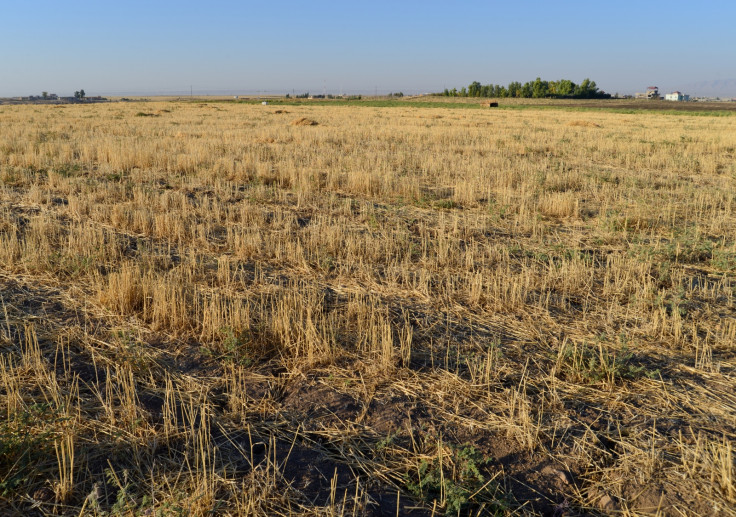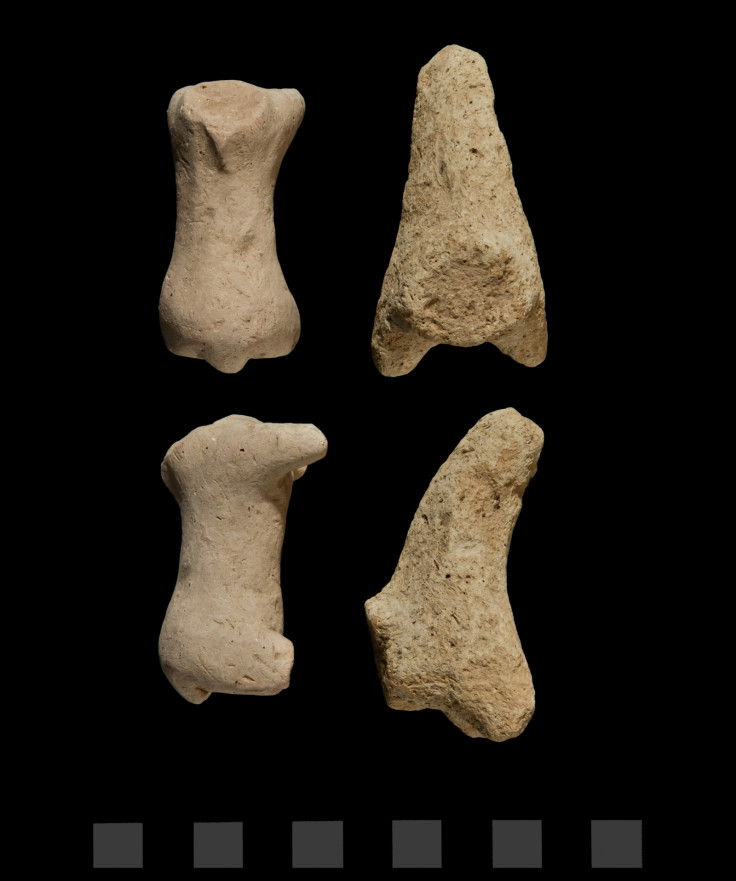4,000-year-old lost Mesopotamian city discovered in Iraqi Kurdistan
The city was well ahead of its time - it was the largest settlement in the region before the Middle Ages.
An ancient city known as Xarab-i Kilashin has been discovered on the banks of the Great Zab river in what used to be northern Mesopotamia in the late 3rd millennium BCE.
The region has been off-limits to archaeologists for many years, first because of political instability in the area and later due to the presence of Isis. The terrorist group has destroyed cultural artefacts and landmarks in Iraq and Syria, including the ancient city of Palmyra. But many of the historic cities of the region still lie below ground, unexcavated, and have escaped their destruction.
The discovery of Xarab-i Kilashin is part of a major archaeological investigation of a 3,000 square kilometre area in the Fertile Crescent. This region is often considered the birthplace of agriculture about 10,000 years ago. The investigations began in 2012 and will conclude this year.
"What is surprising is the size of this settlement," one of the expedition leaders, Rafał Koliński of Adam Mickiewicz University in Poznań, told IBTimes UK.
"All the earlier settlements evidenced in the area are very small in size, rarely exceeding 1 hectare. The same can be said of settlements contemporary to Xarab-i Kilashin, our urban site, which were mere villages."
Xarab-i Kilashin is arranged in a semi-circle around the northern river bank, stretching for a diameter of about 300 metres. Settlements of this size were not thought to have existed in the region before the Middle Ages.
Fieldwork revealed an astonishing 12,000 artefacts at the surface of the 3,000 sq km surveyed. As well as identifying the age of the city, the artefacts found at the settlement hint at the main industries of Xarab-i Kilashin.
"Pottery waste – vitrified or melted pots from overheated pottery kiln – found mainly in the eastern area indicate intensive pottery production," Koliński said. "Terracotta stamps used for decorating tissues suggest weaving workshops, an industry typical for southern Mesopotamian cities."

The city is thought to have been an independent administrative seat for a dignitary who ruled the vast fertile land near the river. With the rise of the Assyrian empire in the 2nd millennium BCE, Xarab-i Kilashin went into decline.
Besides Xarab-i Kilashin, the archaeologists discovered about 260 new settlements, increasing the known number in the little-studied area five-fold.

The team used satellite images, records from the State Board of Antiquities and Heritage in Baghdad, fieldwork and interviews with local people to identify sites of historical importance.
The archaeologists plan to continue their investigation of the city and nearby settlements, releasing a series of maps of the area by 2018.

© Copyright IBTimes 2025. All rights reserved.






















